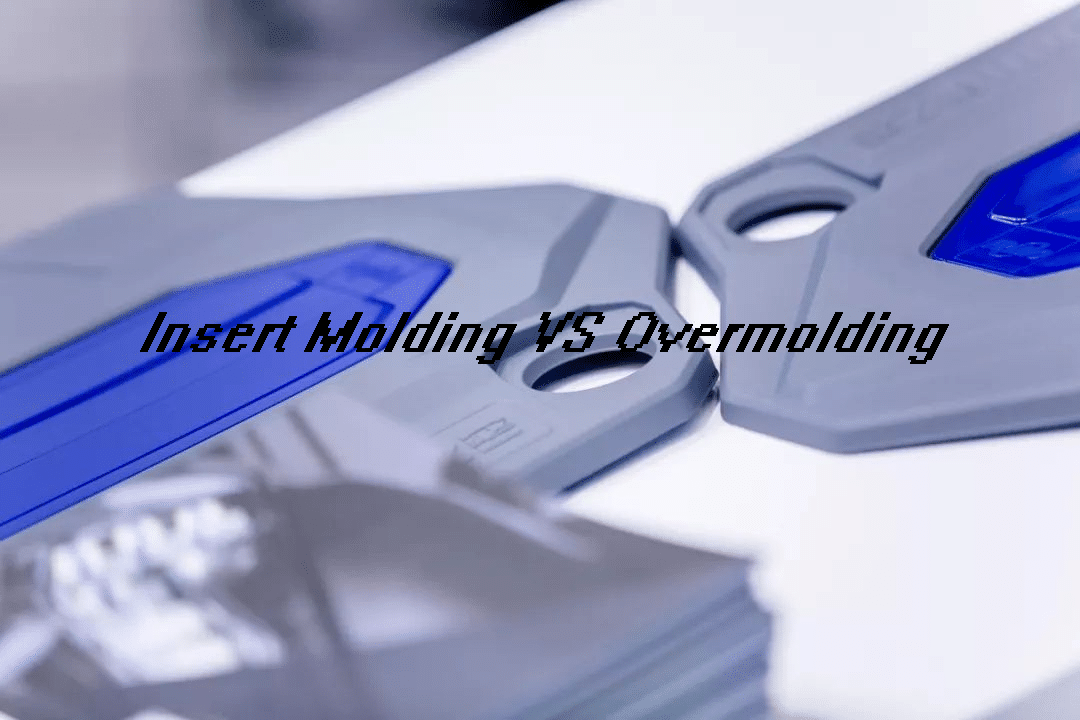In the realm of manufacturing, injection molding has revolutionized the production of intricate and complex parts with remarkable efficiency. Two popular techniques that have emerged within this domain are insert molding and overmolding. While both methods involve the injection of molten material into a mold, they serve distinct purposes and offer unique advantages. Understanding the differences between insert molding and overmolding is crucial for manufacturers seeking to optimize their processes and enhance the functionality and durability of their products. In this article, we delve into the fundamental dissimilarities between insert molding and overmolding, shedding light on their respective applications, benefits, and considerations. So, let’s embark on a journey to uncover the intricacies of these molding techniques and discover how they can elevate the quality and performance of manufactured components.

Difference Between Insert Molding And Overmolding
Insert molding and overmolding are two different processes used in injection molding. They both involve combining multiple materials into a single finished product, but the key difference lies in how the materials are combined.
1. Insert Molding:
Insert molding is a process in which a pre-formed component or insert is placed into the mold cavity before the injection molding process begins. The molten plastic material is then injected around the insert, encapsulating it within the finished product. The insert can be made of various materials, such as metal, plastic, or other components.
Insert molding offers several advantages:
- – Enhanced part strength: The insert provides reinforcement to the molded part, improving its structural integrity.
- – Simplified assembly: Insert molding eliminates the need for separate assembly steps, as the insert is already integrated into the part during the molding process.
- – Design flexibility: Inserts can be used to incorporate features that are not feasible or cost-effective to mold directly.
Common applications of insert molding include electrical connectors, threaded inserts, medical devices, and automotive components.
2. Overmolding:
Overmolding, also known as two-shot molding, involves molding one material (usually a soft or elastomeric material) over another substrate (typically a rigid plastic or metal component). The process is carried out in two steps. First, the substrate is molded using one material, and then the second material is molded over it in a subsequent step.
Overmolding offers several benefits:
- – Improved functionality: The soft overmolded material can provide enhanced grip, cushioning, or sealing properties to the rigid substrate.
- – Aesthetic appeal: Overmolding allows for the creation of visually appealing parts with different colors, textures, or patterns.
- – Reduced assembly: As with insert molding, overmolding eliminates the need for separate assembly steps by directly integrating multiple materials.
Common applications of overmolding include tool handles, toothbrushes, electronic device cases with soft-touch grips, and medical devices with ergonomic features.
Insert molding involves encapsulating a pre-formed insert within the plastic material, while overmolding involves molding one material over another substrate. Both processes offer unique advantages and are used in various industries to create complex, multi-material products.